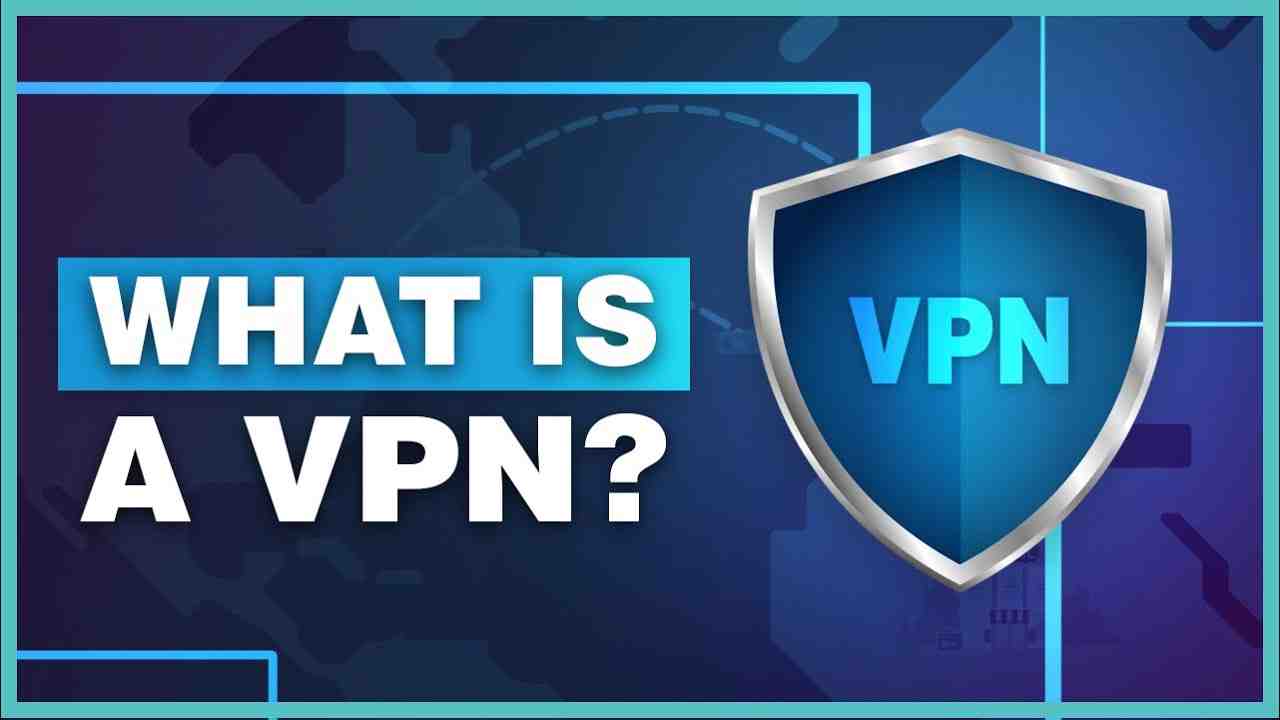A VPN is highly recommended in any situation, especially when working with sensitive data. You should protect yourself often to protect yourself from theft, data breaches, leaks, and intruders such as ISPs or advertisers. VPNs encrypt your traffic and protect your privacy from third parties and cybercriminals.
Can I use a separate router for VPN?

You can use almost any router in the world as long as it supports vpn-passthrough (which most modern routers do). Most people will use the router provided by their ISP/Internet Provider as their primary router.
Do I need a separate VPN router? You will be able to access your router at any time (at home) to adjust your settings, but it will still be easier than using one of the NordVPN apps. Remember, you don’t need a special router, most will be able to add VPN protection.
Are all routers compatible with VPN?
All routers can be used for VPN but not all routers allow you to install VPN on the router itself. Some clients will not allow you to install software on their VPN provider. You need to check with the manufacturer that it is suitable. That’s the short answer.
Can I connect a VPN router to another router?
Grab an Ethernet cable and then connect the Internet (WAN) port on the VPN router to the LAN port on your primary router. Then using an Ethernet cable, connect your computer to the LAN port of your VPN router to start the flashing process.
How do I setup a VPN between two routers?
To verify the required settings for your VPN Tunnel follow the steps below.
- Access the router’s default configuration page. …
- Click on Status and then Gateway and find out the Internet/WAN IP address.
- Click on Status then Local Area Network and find out the IP address.
- Make sure that the Local IP Address of the two routers are different.
Is IPsec a TCP or UDP?

IPsec uses UDP because this allows IPsec packets to pass through firewalls. Decryption: At the other end of the communication, the packets are decrypted, and the applications (e.g. browser) can now use the delivered data.
What is the type of IPSec protocol? IPsec (Internet Protocol Security) is a set of protocols that protect IP network connections. It provides IP network traffic security services such as sensitive data encryption, authentication, anti-replay protection and data encryption.
What is IPSec over UDP?
Whereas IPSec over UDP, similar to NAT-T, is used to encapsulate ESP packets using UDP wrappers. Useful in situations where VPN clients do not support NAT-T and are behind firewalls that do not allow ESP packets to pass through. IN IPSec about UDP, IKE negotiation is still using UDP port 500.
Is VPN TCP or UDP?
TCP is reliable, but there are many uses where UDP is preferred and this is usually the default protocol for most VPN services. UDP is a great option if you are gaming, streaming or using VoIP services. It might lose a pack or two but it won’t have a huge impact on your overall relationship.
What is IPSec over TCP?
IPSec over TCP encapsulates both the ISAKMP and IPSec protocols in a TCP-like packet, and enables secure tunneling through both NAT and PAT devices and firewalls. This feature is disabled. % _ Note that this feature does not work with proxy-based firewalls. IPSec over TCP works with remote clients.
Do I need a second router for VPN?

Usually, most people have a high-end router in their home. So again, you’ll be fine if you connect a second router to the existing one. The main purpose of an additional router will be to provide VPN services. You can refer to the router you set up earlier as the primary router.
How do I set up a VPN between the two routers? To verify the required settings for your VPN Tunnel follow the steps below.
- Access the router’s default configuration page. …
- Click on Status and then Gateway and find out the Internet/WAN IP address.
- Click on Status then Local Area Network and find out the IP address.
- Make sure that the Local IP Address of the two routers are different.
Do I need a separate VPN for each device?
Do I need a separate VPN for each device? No. A good VPN enables you to connect to a number of different devices with a single subscription, this is called peering.
